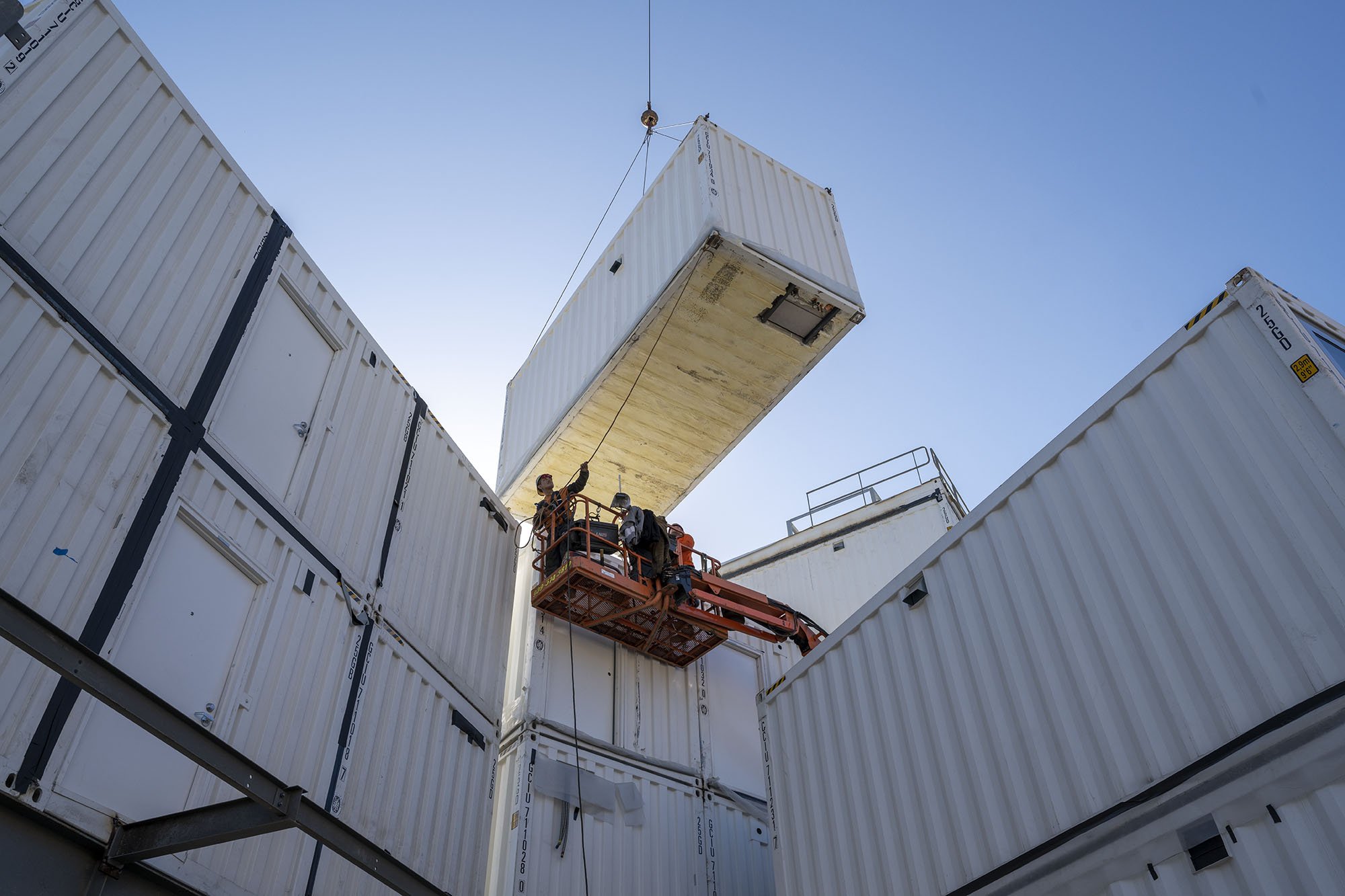How to Build New Housing and Curb Global Warming
Embodied carbon is a growing challenge due to the continuous need to develop housing. By 2060, we will have twice as many buildings on the planet, which is the equivalent of adding the infrastructure of New York City to the planet once every month for the next 40 years. Embodied carbon is expected to account for nearly 50% of the overall carbon footprint of new construction between now and 2050, with the manufacturing process for building materials currently making up 11% of all carbon emissions globally. Reducing embodied carbon is crucial to mitigate global warming. Operational carbon, calculated from a building's energy use, can be reduced or eliminated by efficiencies and renewable energy sources. Embodied carbon emissions, however, occur during construction, and as such are irreversible.
The construction industry makes up 11% of all carbon emissions, and emissions from buildings make up another 28%.
Source: UN Environment Global Status Report, 2017
As the demand for more housing continues to grow, reducing embodied carbon, or a building’s carbon footprint, is essential to build in a more sustainable way and reduce pollution. Current construction trends are unsustainable, from the manufacturing of construction materials to the upkeep of buildings. Switching to more sustainable methods of production and using different materials will be essential for reducing embodied carbon to meet established 2030 climate goals.
Embodied carbon is the carbon footprint of a building or infrastructure project before it’s completed – that is, the carbon footprint of extracting raw materials, manufacturing construction materials, transporting materials on site and building the project itself. Additionally, embodied carbon also refers to the CO₂ produced throughout the building’s life, demolition, and cleanup afterwards.
The biggest contributors to embodied carbon come from the materials used to construct buildings – concrete and steel. Cement, one of the primary ingredients for concrete, is responsible for 7% of carbon emissions on its own. Almost all embodied carbon associated with concrete comes from cement production. For steel, the impact is similar – in 2020, each metric ton of steel led to 1.89 metric tons of carbon emitted to the atmosphere, or approximately 9% of carbon emissions that year. On average, embodied carbon in new construction contributes to approximately 13% of all global carbon emissions each year.
Addressing embodied carbon means implementing innovative solutions that move away from using concrete and steel in construction. Reducing the usage of concrete and/or steel is one way to lower the amount of embodied carbon emitted from a building. One exciting alternative construction material is mass timber – beams, panels and materials made from wood bound together to create structural elements for buildings. Mass timber has the potential to supplement or even replace steel and concrete elements in new construction.
Another way to reduce emissions generated from steel and concrete emissions is through modular construction, which uses prefabricated units manufactured prior to construction and assembled on site. For example, our Isla Intersections site makes use of modular construction, a process that reduced the amount of materials brought to the site, as well as the amount of concrete and steel that were used in the building process.
Passing policies that incentivize and reward buildings with a lower embodied carbon footprint can also play a part in supporting the push to lower emissions from new construction. For example, Denver’s new building code will consider embodied carbon in new construction, which will motivate developers by providing goals to reach when building new properties.
Another potential reduction of embodied carbon can come from reimagining what happens to buildings once they reach the end of their life cycle. In the Netherlands, research and entrepreneurship around recycling materials from older buildings, as well as designing new construction to be disassembled for recycling, holds promise for reducing embodied carbon in the future.
Authors
Yulisa Chavez
Yulisa is an Assistant Project Manager at Holos Communities, working with the Housing team to develop housing across Southern California.
You can read Yulisa’s full bio here.
Josh Siegel
Josh is the newest addition to the Holos team, working with the Housing team to explore modular construction in Holos’s projects.
You can read Josh’s full bio here.




